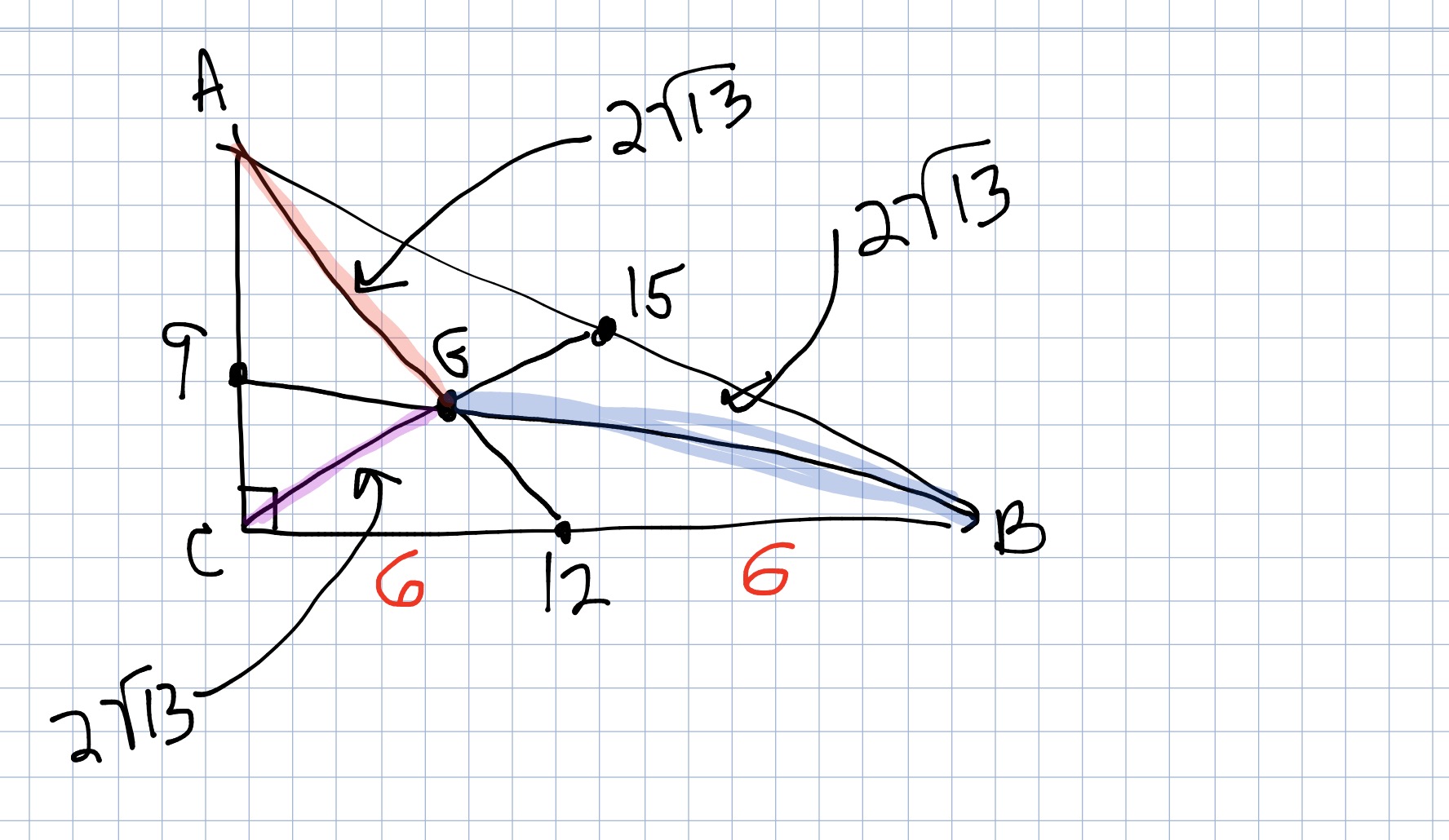I know I’m a little late but I did want to post my own handouts and talk a little bit about my experiences at NCTM Boston this year. I want to thank all of the great speakers that I saw including Robert Kaplinsky, Ron Lancaster, Maria Hernandez, Dan Teague, The Young People’s Project (Bob Moses’ Group), Deborah Ball, Elham Kazemi and of course the inspiring Jo Boaler. One of the things I thought was great about Jo Boaler’s talk on Thursday night was that even though I had heard a great deal of what she had said before, there was a different tone in the room. I’ve been a fan of Jo’s since I first read her research in 2001 when I started my doctoral work on girls’ attitudes towards mathematics learning. What I felt that was different that night was that she was no longer trying to convince people of anything. There was a different message and that was “join the revolution” and the audience seemed to be on board and excited. It made me feel very energized and empowered that a huge ballroom full of mathematics educators had bought into her ideas and were enthusiastic to make change happen.
Some of the best times I had were spent just connecting and reconnecting with people – some who I met for the first time (MTBoS folks and other Twitter folks I met F2F which was really nice) and others who were old friends who mean a great deal to me. I forget how much the mathematical community of professionals enriches my life and makes me proud to do what I do. Thanks to everyone who reached out to find me and say hi – or tell me a story, talk to me about what they are doing or ask a question about what I am doing. You are all inspiring to me.
I left the conference with exciting ideas about teacher observation for PD, how teachers can share problems with each other better on the internet (awesome resources at Robert Kaplinsky’s problem-based lesson site), great ideas about agent-based models to add to courses, and ways in which teachers can talk to people about the Common Core and gain respect about the difficult work we do in teaching. Overall, I felt like it was an amazing time.
I want to thank everyone that came to my session. Although I had an unfortunate technological snafu and was unable to do an exercise I had planned where we were going to analyze a segment of discourse from my classroom using the framework of the MP standards (which would’ve been great), I felt that at least the resources that I shared were worthwhile for the people that came. Here is a link to the powerpoint presentation and the handouts I gave.
Weekly Learning Reflection Sheet
I’ll just put in one more plug for our PBL Summit from July 16-19 this summer – we still have a few more spots and would love to have anyone interested in attending!




